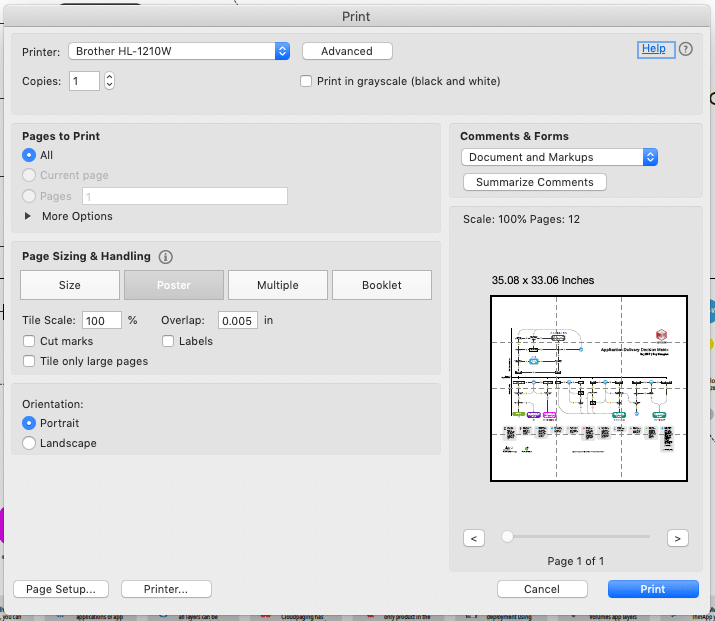Well to start with, the name. The matrix has evolved into an application delivery matrix and so quite simply I’ve decided to call it the Application Delivery Decision Matrix.
For now, the matrix still uses application virtualization (such as App-V) as the baseline for compatibility but includes application layering, containerization, and traditional local installs. The newcomer to the matrix is MSIX.
MSIX is still very much in its infancy. As stated, I used application virtualization as the baseline for compatibility, at this time MSIX actually has more compatibility issues than an appvirt product like App-V or ThinApp. MSIX does provide potentially great flexibility for delivering application updates and I’m sure it will improve in time.
You may notice, some of the new capabilities of CloudHouse have been reflected this year.
Two versions of the matrix.
Last year we redesigned the matrix and also created an accompanying Excel tool that walked you through the questions in the matrix. The downside was that to be useful, the tool needed you to enable macros which can be a concern for most people.
This year, as well as updating the underlying decision model, we’ve created a web app version that lets you save results, export them to a CSV file, return to incomplete tests and tag tests any which way you want. So now you can identify apps by department, location, country, etc.
Using the PDF version.
Okay, there’s not much to using the pdf version, you just open it and view. However, if you ever wanted to print it out as a poster for your office here’s how you do that:
- Download the pdf
- Open up the Decision Matrix in the latest version of Adobe Reader. You may not have the poster printing options in Microsoft’s or Apples’ default pdf previewer, so you’ll want to get Adobe Reader.
- Select File > Print from the menu.
- From the Paper Sizing & Handling section of the dialog box select the Poster option. It will now show you how many sheets of standard paper are needed to print the Matrix as a poster.
- Change the Tile Scale percentage to suit your needs. Dropping it to around 60% should mean it fits on 4 sheets of regular paper. However, you can also scale up if you want to print it on many more sheets.

Using the web app.
To test the web app go to app.algiz-technology.com and start off by entering the name of an application in your estate.

Then simply answer the questions on the following screens to see what the recommended deployment method or tools are. The app follows the same sequences as the matrix, so the questions are the same as you’ll find on the pdf above.

The app will display the results of your test and you can reset it for any other apps you want to test. If you want to save your results simply create a free account and continue testing.
Please note – tests performed before creating and logging into your account won’t be available, so it’s best to create an account early if you want to use the tool for testing your application estate.
Start testing
When you log into your account you see an empty dashboard. Click the + in the menu to start testing apps.

When testing applications, stick to standard packaging naming conventions: Vendor Application Version. For example, Adobe Reader 4.2.
Completed results can be seen in the ‘Done’ tab. Clicking an entry in the table takes you back to more detailed information about the result.

To tag an application, simply click the green plus icon under the tags column. Add your tag and click OK to save.

Tags you’ve created are now visible from the Dashboard. Clicking the tag filters all apps with that tag.

Incomplete Tests
If you don’t manage to finish a test because you need more information on its dependencies, simply click the Save button on the question panel. You can see all the incomplete tests on the ‘Todo’ tab. You can also tag apps here too.

Exporting and deleting data
To get a copy of your tests or to erase your data and account, go to the ‘Account’ option from the account login in the top right.

We’re working on more features for the app, but I hope you find it and the pdf version useful in making informed decisions about tools and approaches to delivering applications to your users.
Let me know how you get on and what other things you’d like to see in the app.
Rory.
Matrix release date: May 2019
Revision history:
May 2019 – Introduced MSIX and added Cloudhouse’s new capabilities. New web app version.



What about DR considerations fro example stateful VDI ?
Hay man, I’m absolutely enjoying articles on your site. They are organized properly, easy to read and understand, in spite of English being my second language. Wish you well.